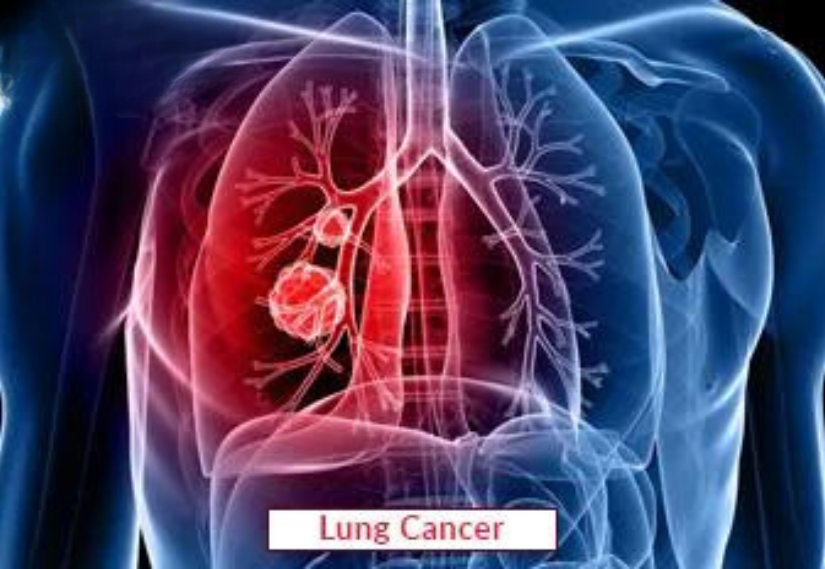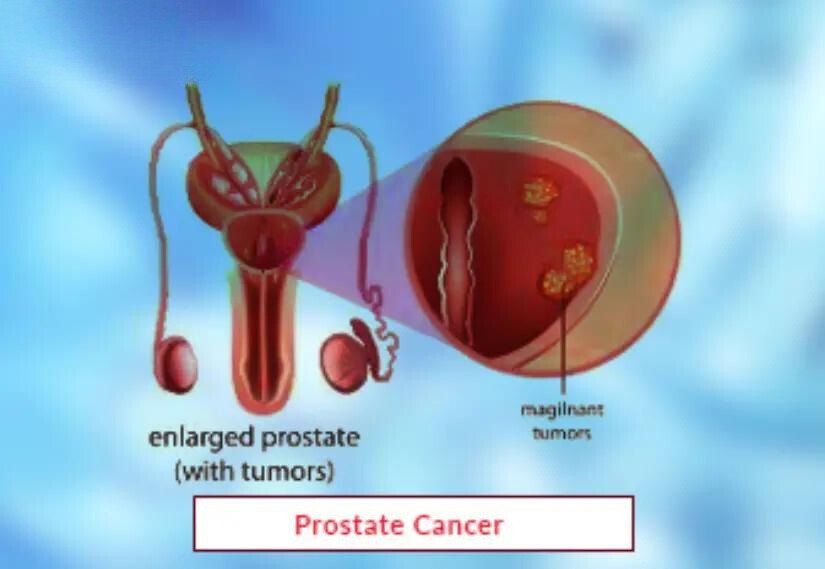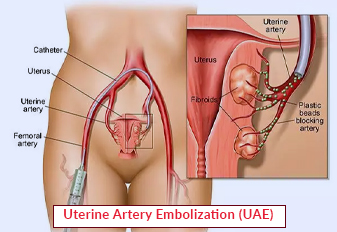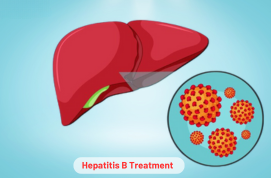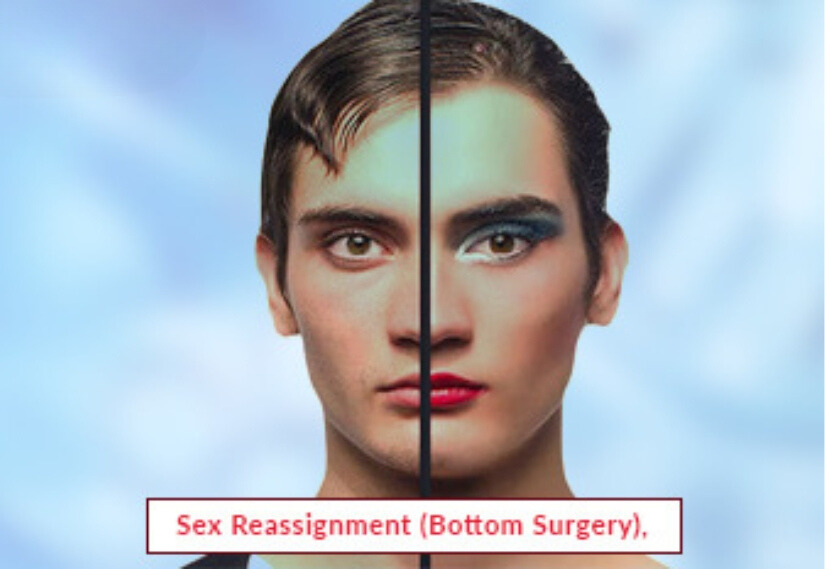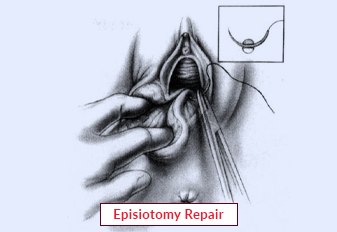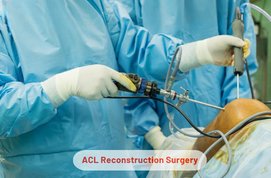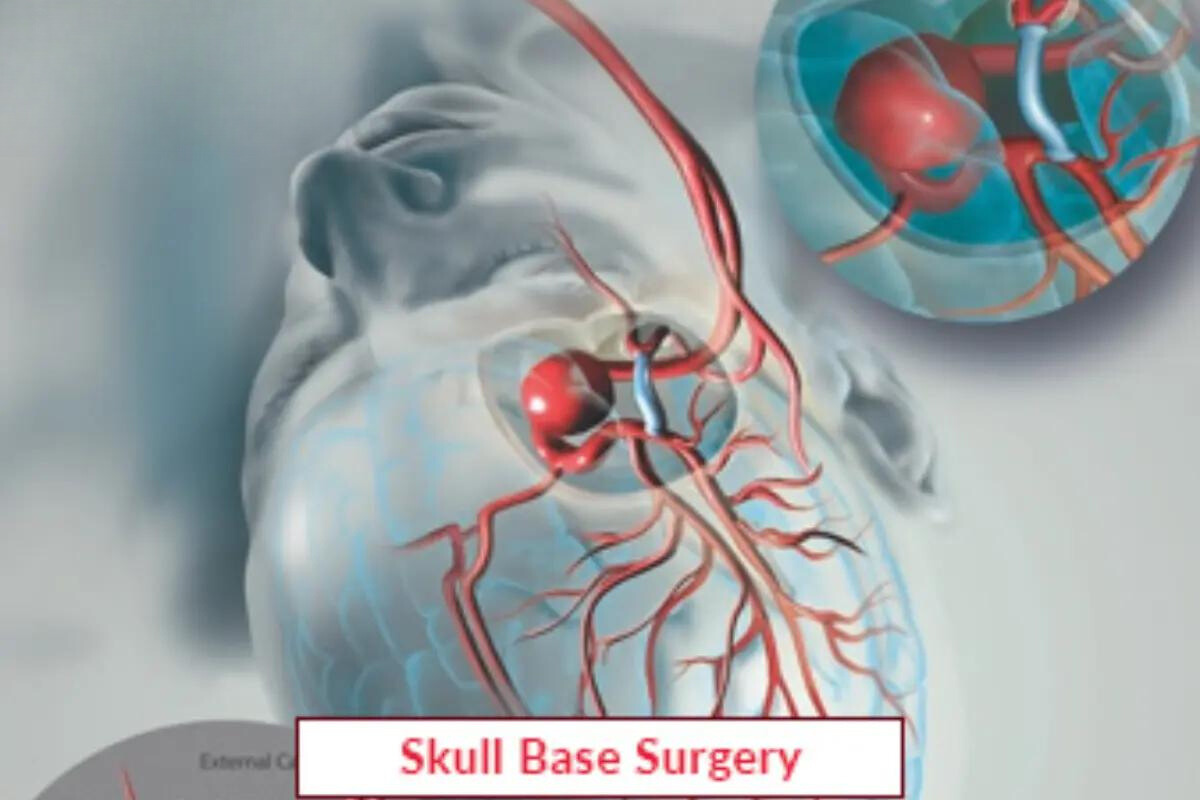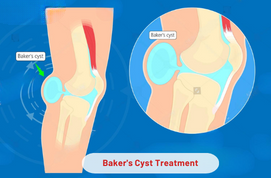Lung Cancer is a common health concern which occurs in the lungs due to uncontrolled growth of cells. Once it takes place in the body then it starts to spread from one organ to another and affect entire body functioning. This problem mainly occurs due to smoking. However, it also affects non-smokers due to environmental factors and other health concerns.
The condition affects both men and women. This problem is most common all over the world. Many people across various regions, whether it USA, India, Turkey or Europe are suffering with this condition therefore, it requires early treatment. So, one can pursue healthy living even with this medical condition.
Types
This health problem consists of different types, which are as follows:
- Non-Small Cell Lung Cancer
A cancer which affects approximately 85% people is NSCLC. This problem divided into further subtypes:
- Squamous Carcinoma: A cancer which occurs in skin and other body parts. It is a common problem associated with smoking history.
- Large Cell (Undifferentiated) Carcinoma: It is a less common cancer that happens in any lung part.
- Adenocarcinoma: It occurs in the outer part of a lung, which commonly affects non-smokers.
- Small Cell Lung Cancer
SCLC is a problem that spreads early in other body parts. It is a rare and aggressive cancer which affects 10-15 % of individuals. This problem is diagnosed in people aged 50 years or above.
- Carcinoid Tumors
This lung cancer occurs in different body parts including liver, bones and brain. It starts in the digestive tract or lungs. Carcinoid tumors also produce hormones that lead to wheezing, heart problems, diarrhea and flushing.
- Lung Adenocarcinoma In Situ
AIS is a non-invasive form of lung cancer oftenly treated by CT scans. It is a most common lung cancer, which affects the lining cells in lungs.
Under microscope, AIS looks abnormal which means it is not yet cancer. This problem becomes cancer if it is not treated properly.
- Lung Lymphoepithelioma-Like Carcinoma
LELC is a rare and aggressive lung cancer causing tumor in epithelial and lymphoid cells. It is often linked with Epstein-Barr virus. This problem is common for non-smoker Asians and young ones.
- Pulmonary Sarcomatoid Carcinoma
It is a rare and aggressive lung cancer common for smokers. This problem occurs due to carcinomatous and sarcomatous elements in the tumor.
Symptoms
Lung cancer causes several symptoms, which are as follows:
- Chest pain
Lung cancer causes chest pain due to tumors, which leads to tightness in chest or press against nerves. A person feels chest pain in chest when breathing, coughing or laughing.
- Hoarseness and Wheezing
Hoarseness is a symptom which occurs due to irritation or injury in vocal chords. This problem gets relieved in a short period.
Wheezing is caused due to obstruction of airways, which may be a sign and symptom of lung cancer. It is different from asthma.
- Shortness of Breath
This condition blocks the major airways and leads to shortness of breath in patients. It causes fluid accumulation, which collects fluid around the lungs and heart. This makes breathing more problematic for both men and women.
- Unexplained Weight Loss
It is a symptom linked with advanced lung cancer. The energy consumed by cancer cells leads to muscle wasting and weight. This problem should not be ignored by healthcare providers.
How to Prevent this Disease?
Lung Cancer can be prevented in following ways:
- Eat a Balanced Diet
Fruits, vegetables and whole grains support a person from lung cancer and are helpful for overall health and well-being for individuals. A healthy diet is low in trans-fat, cholesterol, saturated fat, sodium and added sugars. Foods with excess amounts reduce efficiency and resiliency of cells which leads to increase in risk of lung cancer.
- Avoid Carcinogens
You must take precautions for the protection of carcinogens at work. It is important to wear a mask for protection.
- Quit Smoking
Smoking causes many health problems, which include lung cancer also. Therefore, it is important to quit smoking which is beneficial for your health.
- Test home for radon
It is important to check your home while living in an area with high radon levels. You can buy radon test kits online, which can be sold in hardware stores. If you want to get more information about radon testing then contact the local department of public health.
- Avoid Secondhand smoke
Secondhand smoke is a smoke that comes from another person’s cigarette. It contains toxic chemicals which are harmful for health and increases lung cancer’s risk. A person must avoid smoking areas or urge others to quit.
- Regular Exercises
People must stay active by doing regular exercises, when suffering from lung cancer. It not only helps in reducing a symptom but also maintains overall health.
- Understand your family history
If you have any family member suffering from lung cancer, then it may increase its risk. Consult with your doctor about the family history and risk factors of this problem.
Common Treatments of Lung Cancer
Lung cancer consists of several treatments, which are as follows:
- Surgery
Surgery is a primary treatment which removes an entire lung for the treatment of lung cancer. It involves various procedures for the treatment:
- Wedge Resection: It removes a small, wedge-shaped section of a lung.
- Lobectomy: A most common surgical procedure removes the entire lobe.
- Segmental Resection: This procedure involves removing a large portion of the lung.
- Pneumonectomy: This surgical procedure involves removal of the entire lung.
- Chemotherapy
Chemotherapy treats both NSCLC and SCLC in patients. It is a lung cancer treatment, which is used in killing cancer cells, stabilizing cancer and shrinking tumors.
- Targeted therapy
Targeted therapy uses drugs for targeting specific molecules of cancer cells. It oftenly treats NSCLC in patients. This treatment works differently as compared to chemotherapy.
- Immunotherapy
It stimulates the body’s immune system to target and attack cancer cells for lung cancer treatment. This therapy is mainly useful in treating NSCLC in patients.
- Radiation Therapy
This therapy uses X-rays to kill cancer cells in lungs. It involves a combination of different treatments of lung cancer.
Radiation therapy uses palliative treatment to reduce lung cancer symptoms in the patient. It also treats metastatic lung cancer which affects bone, brain and other body organs.
Our Other Services
Latest Health Tips
5 Foods that Kill Cancer
Cost of Pacemaker Surgery in India
Knee Replacement Surgery Cost In India
What Size of Kidney Cyst is Dangerous?
The Role of Technology in Modern Hip Replacement Surgery
What Stage of Cancer is Immunotherapy Used For?
Leukemia Bone Marrow Transplant Life Expectancy
Why Thailand is a Top Destination for Cosmetic Surgery?
Submit Your Enquiry
Testimonials








